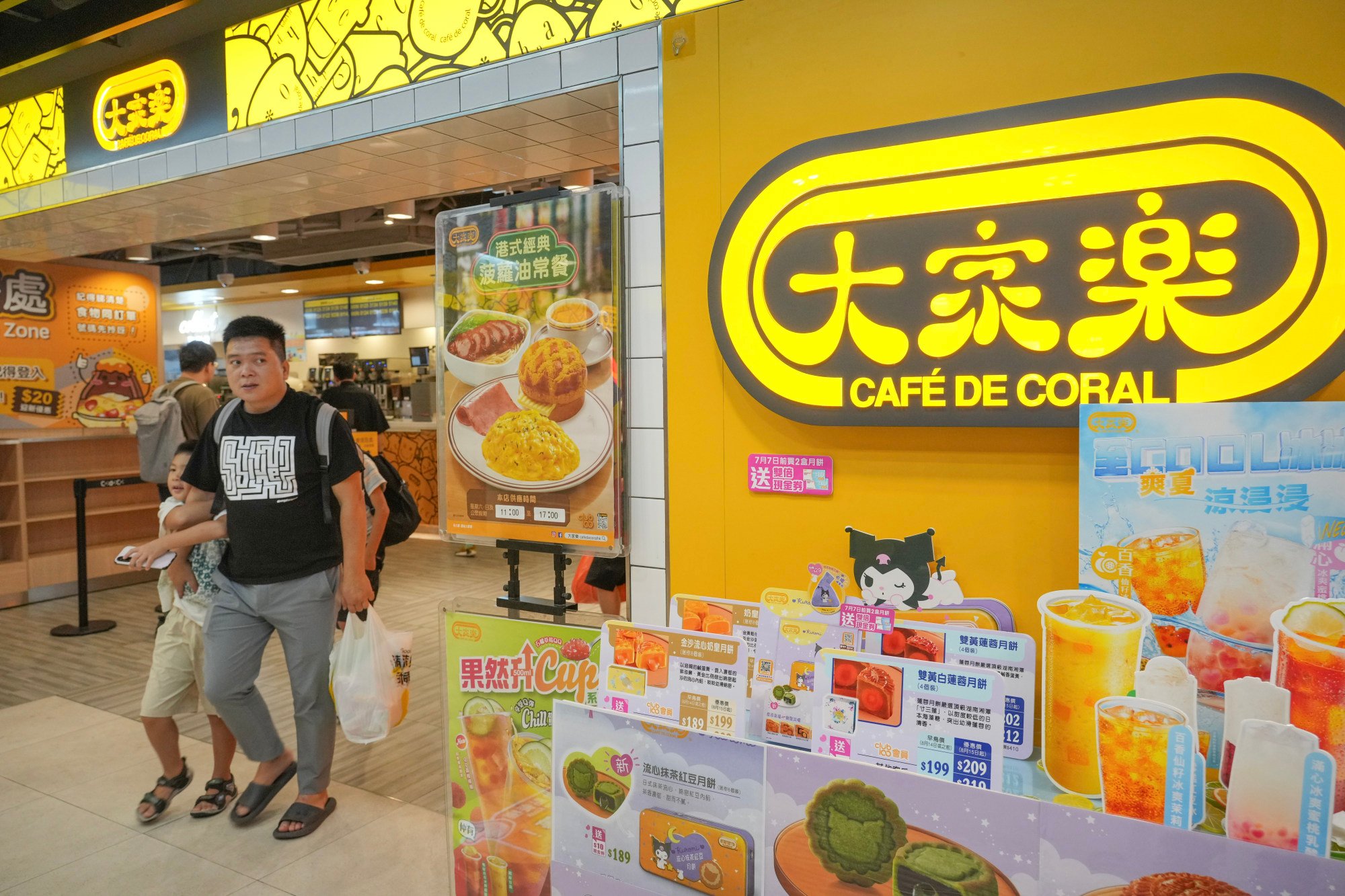
The Iconic Baked Pork Chop Rice: A Taste of Hong Kong’s Cultural Fusion
Every morning at 7 a.m., chef Aman Kwok begins his day at Kam Shing Restaurant in Shau Kei Wan, preparing a wide array of dishes for the lunch rush. Among these is the iconic baked pork chop rice, a classic Hong Kong favorite that has become a staple for locals and visitors alike.
Kwok, the second-generation owner of the 50-seat restaurant, has been perfecting his recipe for 35 years. His version includes egg fried rice with bits of pineapple, a tangy tomato sauce, and a large pork chop topped with melted cheese. Priced at HK$70 (US$8.90), this dish is a top seller, accounting for about half of all daily orders.
The dish, affectionately known as "guk zyu" in Cantonese, is more than just a meal—it's a symbol of Hong Kong's unique cultural identity. With its blend of Western and Chinese elements, it reflects the city's colonial history and evolving cultural landscape. Kwok believes that the dish could serve as an excellent introduction to Hong Kong's heritage for tourists.
"Hong Kong was a British colony, and now it's part of Chinese territory. This dish represents the fusion of Eastern and Western cultures," he said. "It's a true reflection of what makes Hong Kong special."
In June, the fast food chain Cafe de Coral nominated the dish for recognition as an intangible cultural heritage item in Hong Kong. The results are expected to be announced in December. A spokeswoman for the chain emphasized that the dish combines Western-style presentation with local flavors and cooking techniques, making it a quintessential "Hong Kong-style Western dish" that has been beloved for generations.
Currently, several traditional foods and practices, such as dim sum, soy sauce production, mooncakes, and milk tea, are already listed in the government's inventory of intangible cultural heritage. The inclusion of baked pork chop rice would further highlight its significance in Hong Kong's culinary tradition.
Dr. Siu Yan-ho, an academic specializing in food culture at Baptist University, explained how the dish emerged from Hong Kong's unique historical context. As a melting pot of Chinese and Western influences, the city gave rise to innovative dishes that blended both traditions. According to Siu, the top layer of the dish is Western, while the base is Chinese, similar to pasta baked in a casserole but using egg fried rice instead.
"The dish was a response to the desire for Western cuisine among Hongkongers after World War II," Siu noted. At the time, Western food was considered a luxury, often associated with the wealthy and served in hotels that discriminated against the Chinese population. Local restaurateurs saw an opportunity and created their own versions of Western dishes tailored to the tastes of Cantonese diners.
This led to the creation of dishes like baked pork chop rice, which gained popularity in the 1970s and 1980s as more restaurants adopted the recipe. Today, the dish remains a beloved staple, with variations ranging from budget-friendly options to premium versions that can cost up to HK$300.
Siu believes that the demand for baked pork chop rice will continue to grow, even as new food trends emerge. He sees it as an enduring symbol of Hong Kong's culinary identity and a dish that will remain popular for generations to come.
Despite the increasing diversity of food options available today, baked pork chop rice continues to hold a special place in the hearts of Hong Kong residents. Its rich history, cultural significance, and comforting flavors make it more than just a meal—it's a piece of the city's soul.


Posting Komentar